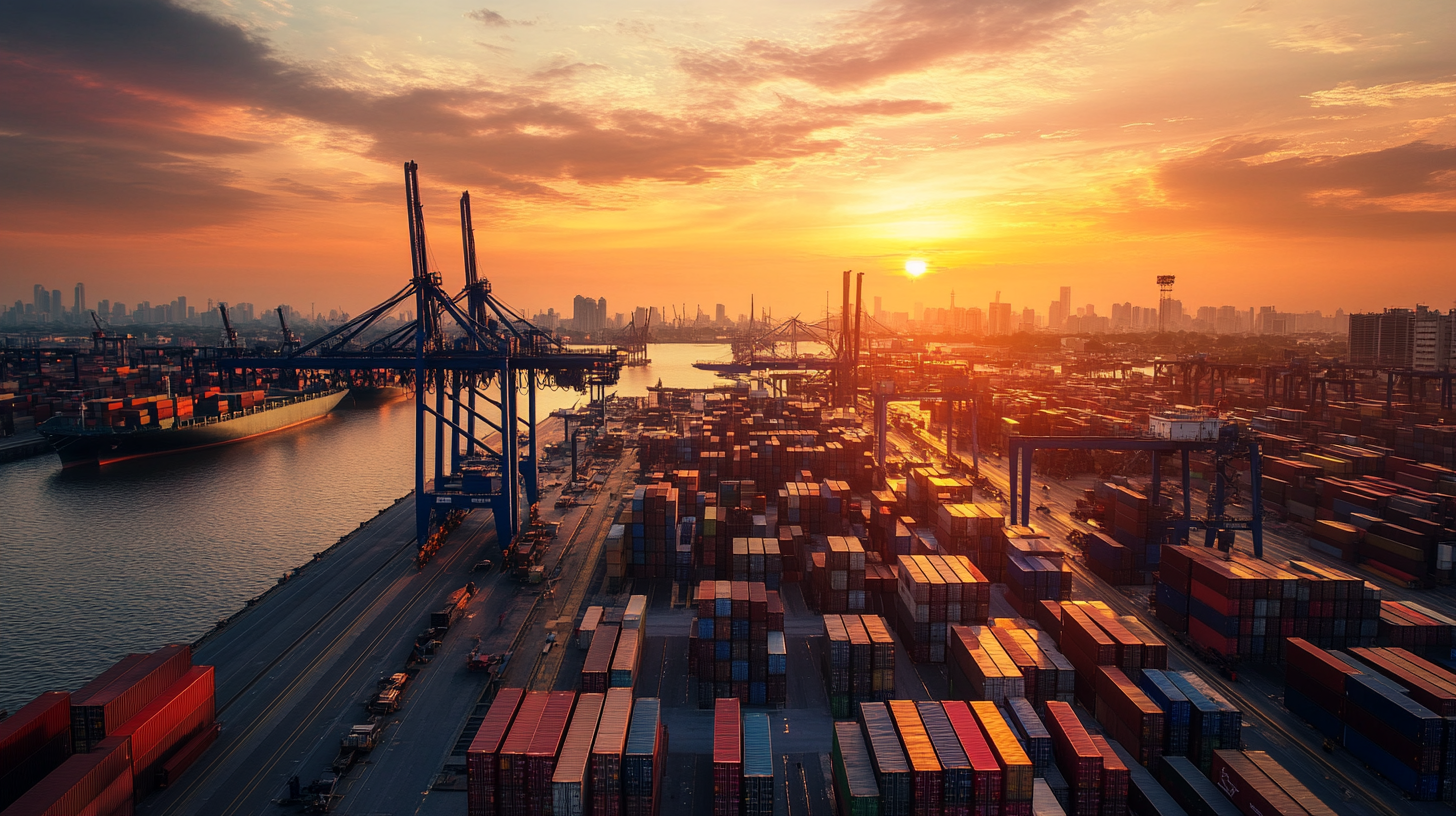In today's fast-paced global economy, the efficiency and resilience of supply chains have become paramount for businesses aiming to stay competitive. One of the key drivers of success in this arena is innovative metal fabrication, a process that not only enhances product quality and performance but also streamlines production workflows. By leveraging advanced metal fabrication techniques and technologies, organizations can unlock new levels of flexibility and responsiveness in their supply chains. This introductory exploration delves into how innovative metal fabrication solutions can mitigate disruptions, reduce lead times, and lower costs, all while meeting the growing demands for customization and sustainability. As companies seek to navigate the complexities of globalization and rapidly changing market conditions, the role of metal fabrication emerges as a critical factor in driving value and efficiency across the supply chain landscape.

Innovative metal fabrication plays a vital role in streamlining supply chain processes, offering solutions that enhance efficiency and reduce costs across industries. According to a report by MarketsandMarkets, the global metal fabrication market is projected to reach $20.6 billion by 2025, driven by advancements in technology and demand for customized solutions. This growth underscores the significance of adopting innovative techniques to optimize supply chains, particularly in sectors like automotive, aerospace, and construction where precision and timeliness are paramount.
One key area where metal fabrication innovations shine is in the integration of automation and digital tools. The use of robotics and advanced manufacturing technologies allows for increased accuracy and faster production times. A study from McKinsey & Company indicated that companies embracing automation could see a 20-30% increase in operational efficiency. This not only streamlines the fabrication process but also creates a more agile supply chain capable of responding to changing market demands.
Moreover, the implementation of lean manufacturing principles within metal fabrication can drastically minimize waste and improve resource utilization. Research by the Lean Enterprise Institute has shown that adopting lean strategies can lead to a reduction in lead times by up to 50%. By focusing on continuous improvement and waste elimination, businesses can enhance their supply chain resilience, ensuring timely delivery of high-quality products to customers around the globe.

In the ever-evolving landscape of global supply chains, innovative metal fabrication solutions are proving to be pivotal in enhancing efficiency. According to the latest report on Metal Fabrication Manufacturing Plant 2025, the industry is projected to experience a significant growth rate of 5.3% annually, driven largely by emerging technologies. Automation and advanced fabrication techniques, including additive manufacturing and robotic welding, are streamlining production processes, minimizing waste, and reducing lead times.
Emerging technologies are transforming traditional metal fabrication practices. For instance, the integration of AI and machine learning into fabrication processes is enabling predictive maintenance and data-driven decision-making, which can significantly cut down operational costs. The report elaborates that companies utilizing these innovations have reported up to a 30% increase in productivity. Furthermore, by adopting sustainable practices such as energy-efficient operations and recycling initiatives, firms can not only enhance their market competitiveness but also contribute positively to environmental conservation.
As manufacturers embrace these cutting-edge technologies, the global metal fabrication sector is set to redefine supply chain efficiency, ultimately unlocking new opportunities for businesses worldwide. With a responsive and agile supply chain model, companies can adapt faster to changing market demands, ensuring their relevance in a rapidly transforming industrial landscape.

Innovative metal fabrication solutions have become crucial in enhancing global supply chains. According to a report from MarketsandMarkets, the metal fabrication market is expected to grow from USD 17.74 billion in 2020 to USD 23.28 billion by 2025, at a compound annual growth rate (CAGR) of 5.4%. This growth highlights the increasing importance of metal fabrication in optimizing production processes and reducing lead times.
Case studies from companies like Boeing and Tesla illustrate the successful integration of advanced metal fabrication techniques. Boeing implemented additive manufacturing in its production line, which resulted in a 90% reduction in the number of parts for certain components, significantly decreasing assembly time and costs. Similarly, Tesla’s use of custom metal fabrication techniques allowed for rapid prototyping and scaling of vehicle components, enabling the company to meet ever-increasing demand while maintaining quality standards.
Moreover, a report from Deloitte indicates that 73% of manufacturers are investing in digital technologies to streamline their supply chains, with metal fabrication technologies playing a key role. By leveraging innovative techniques such as laser cutting and robotic welding, businesses can achieve greater flexibility and responsiveness, ultimately unlocking the full potential of global supply chains.
This bar chart illustrates the increasing success rate of integrating innovative metal fabrication solutions into global supply chains from 2020 to 2023. The data indicates a significant improvement in efficiency and effectiveness over these years.
The future of metal fabrication is poised to undergo a significant transformation driven by sustainability and innovation. As industries across the globe recognize the pressing need to reduce their carbon footprint, innovative metal fabrication solutions are emerging as critical components of sustainable supply chains. The integration of advanced technologies, such as additive manufacturing and robotic automation, is enabling manufacturers to produce lightweight, energy-efficient structures while minimizing waste and resource consumption.
Sustainability in metal fabrication not only aligns with environmental goals but also enhances competitiveness in a rapidly evolving marketplace. Companies are increasingly adopting eco-friendly materials, such as recycled metals and bio-based alternatives, to meet consumer demand for greener products. Additionally, innovations like digital twins and real-time data analytics facilitate smarter decision-making and improve operational efficiency. As businesses embrace these strategies, they not only contribute to a healthier planet but also unlock new avenues for growth and collaboration in global supply chains.
The global landscape of supply chains is undergoing significant transformation, driven by both challenges and opportunities in adopting innovative metal fabrication solutions. As the ASEAN region grapples with the dual pressures of China's export surge and the need for de-risking strategies, it becomes evident that a robust metal fabrication framework is essential for enhancing competitiveness. The rise of China’s industrial overcapacity threatens to destabilize traditional supply chains, prompting industries to seek local and sustainable alternatives. By embracing advanced metal fabrication techniques, companies can optimize their production processes and reduce dependence on any single market.
Moreover, as the demand for sustainable materials—such as those used in battery production—intensifies, metal fabrication must evolve to support this shift. The growing emphasis on renewable energy and the urgent need for critical raw materials underline the importance of a resilient supply chain. Countries like India are taking proactive steps to revive their manufacturing sectors, leveraging government initiatives and technological advancements to attract investment. Innovations in metal fabrication can unlock new efficiencies in production and supply chain strategies, enabling industries to navigate geopolitical uncertainties while maintaining a steady flow of materials essential for future growth.




